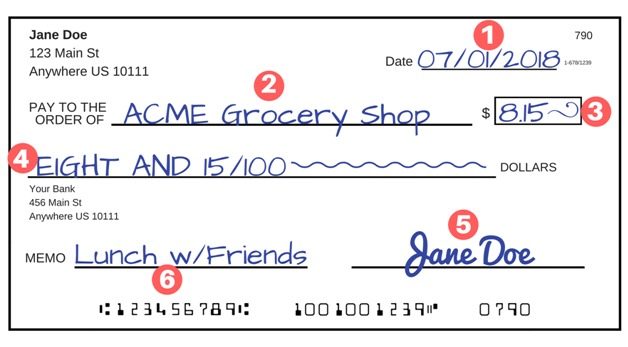How to Graph a Circle: 9 Steps

Graphing a circle can seem like a daunting task, but with the right approach, it’s actually quite straightforward. This article will walk you through 9 simple steps to help you graph a circle with ease.
1. Understand the equation of a circle: The equation of a circle is given by (x – h)^2 + (y – k)^2 = r^2, where (h, k) are the coordinates of the center of the circle and r is the radius.
2. Determine the coordinate values: Before you can start graphing, it’s important to know the values of h, k, and r for your specific problem. These values might be provided in the problem or can be calculated based on other information given.
3. Plot the center of the circle: Using the coordinate values of h and k, plot the center (h, k) on your graph paper.
4. Draw horizontal and vertical guide lines: At this point, it’s helpful to draw two intersecting guide lines that pass through your center point. Draw one horizontally along the x-axis and another vertically along y-axis.
5.Verify distance for radius: Place your compass point at the center of your plotted point and adjust its width to measure the radius’ length.
6. Draw a set of horizontal and vertical points: With your compass set at the appropriate radius length, draw points above, below, left, and right of the center. In other words, draw points on both intersecting guide lines at intervals equal to your radius length.
7. Draw a set of diagonal points: Now repeat step 6 for diagonals above-left, above-right, below-left and below-right from center such that they form 45-degree angles with ‘x’ axis.
8. Gently connect all 8 points: Beginning at one point and lightly drawing an arc between each consecutive pair of points, gradually trace your way around the circle. Follow the path laid out by your diagonal and horizontal-vertical points as closely as possible.
9. Complete your circle: Finally, connect the last arc back to your starting point to complete your circle.
Remember that like any other geometric shape, practice will make it easier to graph circles. Mastering this skill will come in handy not only in mathematics courses but also in real-life applications where you might need to calculate or represent circular shapes.

